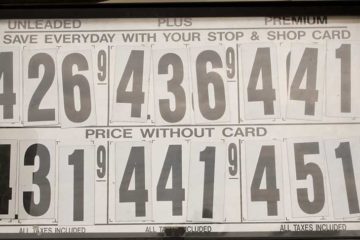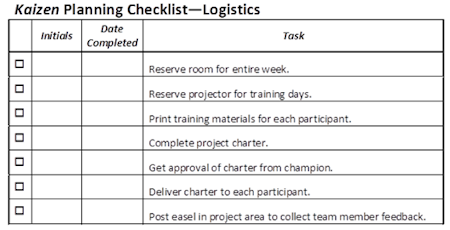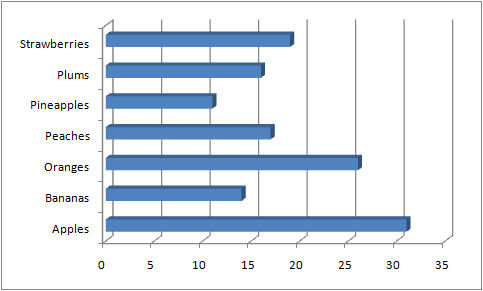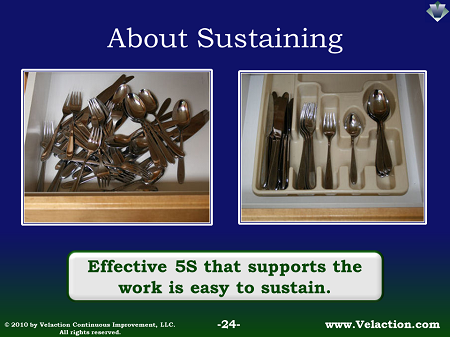Lean Terms
Problems
A problem is an unwelcome situation that has a potentially adverse effect. Another way of looking at this is that a problem is a gap between what you think things should be and the reality of what they are. But problems, unfortunately, can mask themselves. Some are simply not obvious. Read more…





